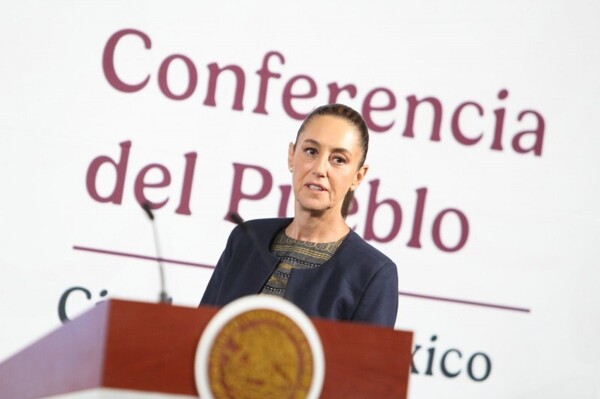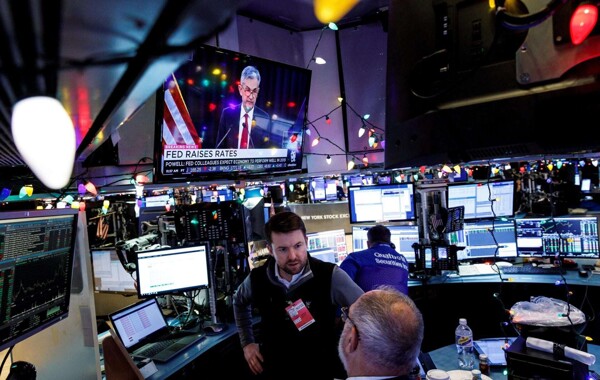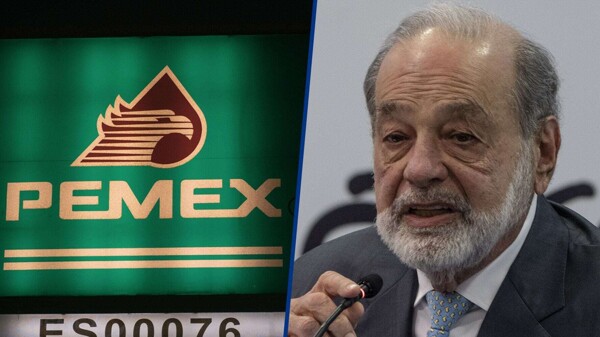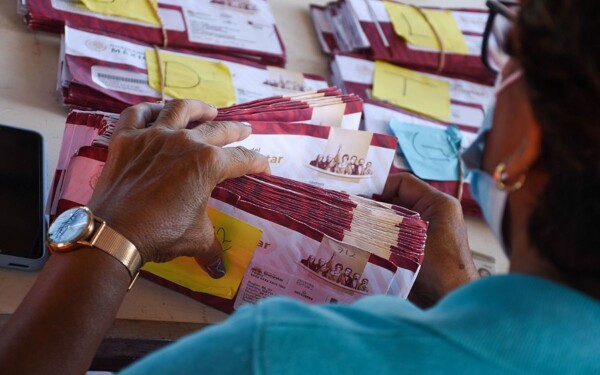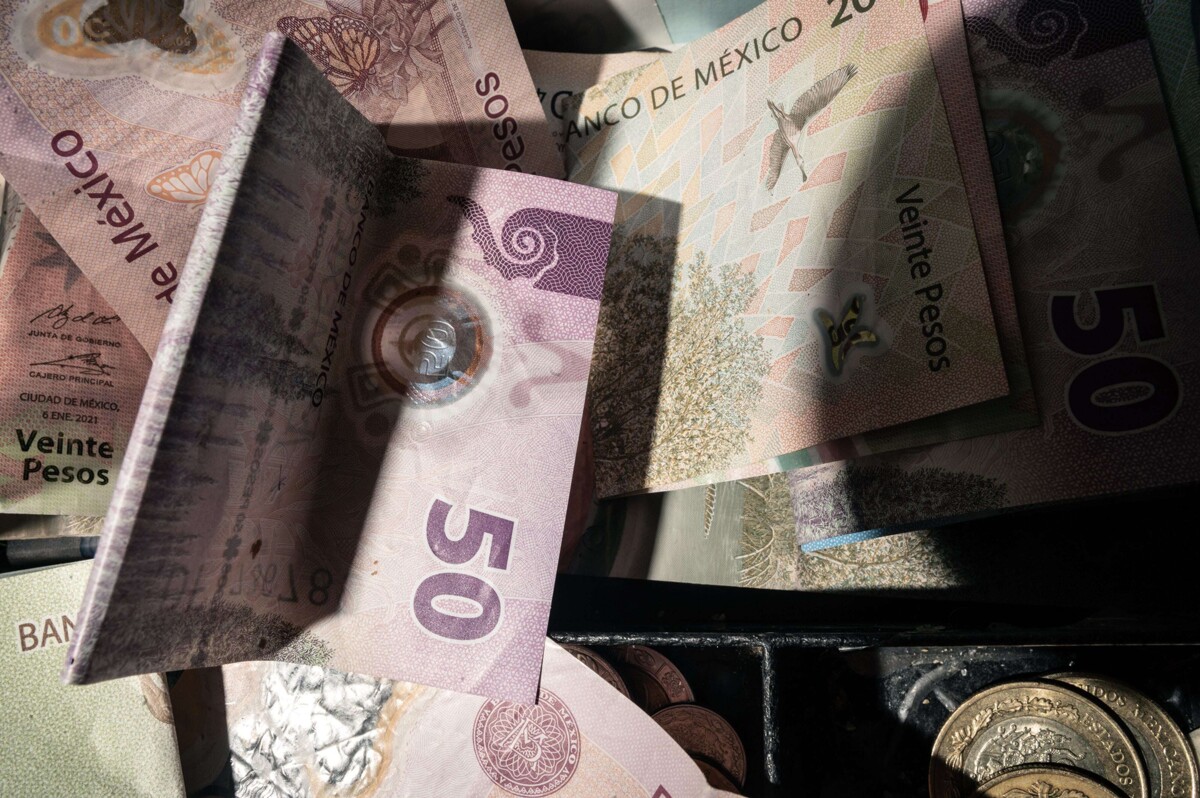
The variations in the exchange rate of the peso respond to the perception of market participants as they gain more information regarding the various economic and political events that occur. As a result, the variations are usually not drastic, but rather gradual. Authorities do not commit to having a previously determined exchange rate, but rather the price is determined by the amount of foreign currency traded daily in the exchange markets.
In the case of a very high demand for dollars, authorities must sell foreign currency from their reserves or go into debt to satisfy the market. However, the policy adopted since the "Tequila Crisis" of 1994 involves a flexible exchange rate, regulated by the supply and demand for foreign currency. It is crucial for the Bank of Mexico to remain autonomous to maintain stability. Market participants assume risks and costs in case of error, in contrast to a fixed exchange rate, where officials make decisions without bearing the consequences.
On the other hand, the strength of the Mexican peso following President Trump's tariff threats has surprised many. Although a depreciation was expected given the situation, the exchange rate of the peso has strengthened compared to previous weeks. Nearly 80% of transactions with the Mexican peso are conducted abroad, highlighting the magnitude of the market and the importance of an unrestricted environment like that without currency controls.
The lack of understanding between fixed and variable exchange rates has generated uncertainty in the market. Under a fixed rate, the government intervenes to maintain a stable exchange rate, while in the current variable rate, supply and demand determine the value of the currency. Trump's tariff threats have led to adjustments in the exchange rate of the peso, reflecting market perception.
Despite warnings, Trump’s threats have not had the anticipated negative impact on the Mexican peso, and have even strengthened its value. Some attribute this trend to the "strength of the Mexican economy." The comparison of the dollar between February of this year and February 2024 reveals a depreciation of 25%, highlighting the volatility and sensitivity of the exchange market to economic and political events.











